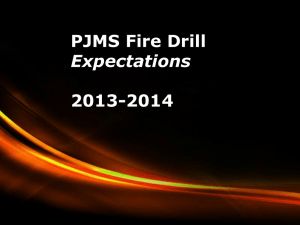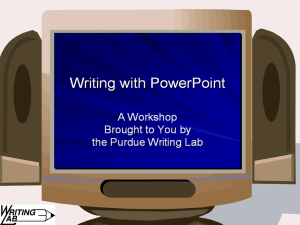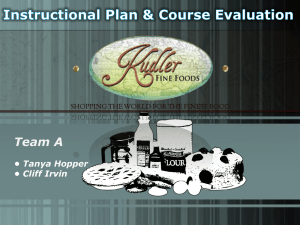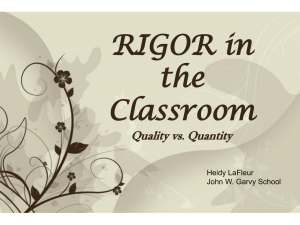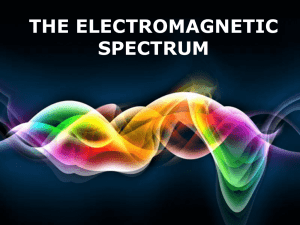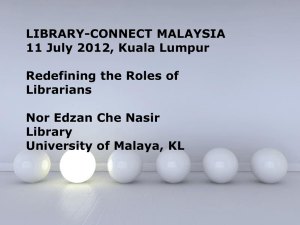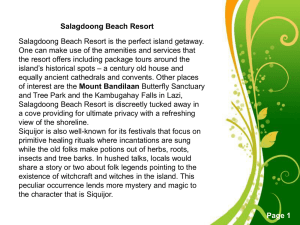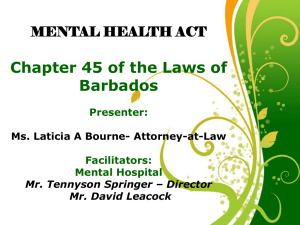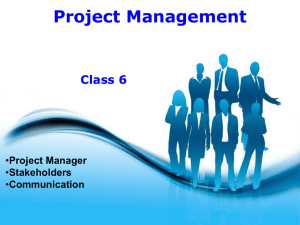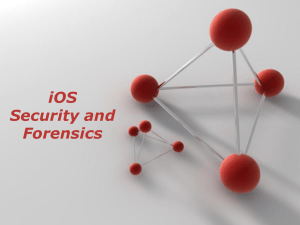GREEN ECONOMY: INNOVATIVE BUSINESS STRATEGIES
advertisement
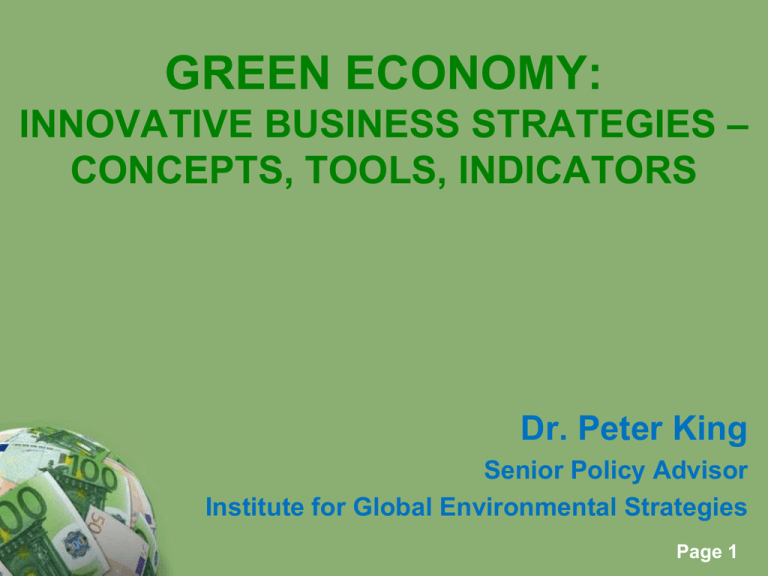
GREEN ECONOMY: INNOVATIVE BUSINESS STRATEGIES – CONCEPTS, TOOLS, INDICATORS Dr. Peter King Senior Policy Advisor Institute for Global Environmental Strategies Powerpoint Templates Page 1 WHAT DOES A GREEN ECONOMY MEAN TO THE BUSINESS SECTOR? • Definition – economic progress that fosters ecologically-sustainable, low-carbon, and sociallyinclusive development • Environmentally harmful activities are an investment blind alley – a potential business risk • Need to anticipate government responses to facilitate a green economy – stay ahead of the curve • New opportunities opening – first mover advantage • Recognizing new stakeholders – corporate social responsibility • New class of investors – pension companies, insurance, communities etc. Powerpoint Templates Page 2 PATHWAY AND MILESTONES • “Take actions that are compatible with the principles of sustainable development, ensuring that the development needs of all groups within society are met; • Make an equitable contribution towards the global effort to stabilize the atmospheric concentration of CO2 and other GHGs at a level that will avoid dangerous climate change, through deep cuts in global emissions; • Demonstrate a high level of energy efficiency and use lowcarbon energy sources and production technologies; and • Adopt patterns of consumption and behavior that are consistent with low levels of GHG emissions.” Source: Lovins, A. (1977) Soft Energy Paths: Towards a Durable Peace. Ballinger, Cambridge, Mass. SECTORAL MEASURES Each of the following measures = 1 billion tonnes reduction in GHG emissions: doubling fuel efficiency of 2 billion cars; using best efficiency practices in all residential and commercial buildings; replacing 1,400 coal-fired electricity plants with natural gas powered facilities; installing 2 million large windmills; using 40,000 sq. km. of solar panels to produce hydrogen for fuel cell powered cars; driving 2 billion cars on ethanol; stopping all deforestation; expanding conservation tillage to 100% of cropland Powerpoint Templates Page 4 MULTIPLE WEDGES Powerpoint Templates Page 5 AVAILABLE TOOLS Scenario analysis Life cycle assessment Design for environment Environmental impact assessment ISO 14000 series Corporate social responsibility Visioning and foresight planning Greening the supply chain SCENARIOS “Imagine a world, a few short generations hence, where spacious, peppy, ultra safe, 120- to 200-mpg cars whisper through revitalized cities and towns, convivial suburbs, and fertile, prosperous countryside, burning no oil and emitting pure drinking water -- or nothing; where sprawl is no longer mandated or subsidized, so stronger families eat better food on front porches and more kids play in thriving neighborhoods; where new buildings and plugged-in parked cars produce enough surplus energy to power the now-efficient old buildings; and where buildings make people healthier, happier, and more productive, creating delight when entered, serenity when occupied, and regret when departed.” Source: Amory Lovins (2007) Powerpoint Templates Page 7 INDICATORS Triple bottom line – profit, people, and environment Carbon footprint – corporate and personal Embedded carbon Ecological footprint Virtual water Staff satisfaction BUSINESS OPPORTUNITIES • Residential buildings Full floor and attic insulation, weather sealing, retrofitted energy recovery ventilators, insulated and sealed frames of non-opening windows, insulating curtains for windows, sink aerators, retrofit high efficiency showerheads, heat recovery systems from hot water going down drains, electricity from drain flows, energy efficient appliances, replacements for incandescent and halogen lights, automatic unplugging of appliances when not in use, ground source heat pumps and other passive energy systems, and solar hot water heaters. Powerpoint Templates Page 9 BUSINESS OPPORTUNITIES (cont.) • Commercial buildings Solar heaters and chillers and/or ground source heat pumps, double glazed windows, piped lighting rather than windows, retrofitting insulation, energy efficient equipment and air conditioning, greenery on the roof or balconies, and stairs rather than elevators (e.g., for 1-3 floors) • Transportation Smaller and lighter passenger vehicles, improved fuel efficiency, electric-hybrid cars, modal shift to public transport, bicycles, or walking, reduced distance travelled through telecommuting and teleconferences, electric recharging at parking bays, car-pooling, sailassisted shipping, dirigibles, and improved urban planning. Powerpoint Templates Page 10 BUSINESS OPPORTUNITIES (cont.) • Sustainable consumption Eco-labelling; content labelling (like embedded carbon, or virtual water); locavore market (food miles); services rather than goods (leasing instead of owning); waste recovery systems; re-use; repair; recycling; information systems on production methods; downsizing; household energy systems, offgrid energy; composting; certified sustainable production; and verification systems. Powerpoint Templates Page 11 BUSINESS OPPORTUNITIES (cont.) • Industry Efficient technologies for boilers and industrial furnaces; independent power plants; efficient coke ovens and eco-cement; fluidized catalytic cracking of naptha; methane coupling; gasification of black liquid; energy audits, detecting and stopping fugitive emissions, leak detection, staff incentives for process improvements, factory insulation and ground source heating and cooling, heat recovery systems, and waste minimization. • Energy Efficient coal-fired generation, gas-fired generation, and biomass generation; wind power (offshore and onshore); hydropower; by-product hydrogen; natural gas reforming hydrogen production; biomass reforming hydrogen production; electrolysis hydrogen production; hydrogen fuelling stations, pipelines and tankers; second generation biofuels; and carbon capture and storage. Powerpoint Templates Page 12 WAY FORWARD • View green economy as a new opportunity • Embrace it in corporate vision and mission • Change corporate measurement to reflect triple bottom line • Facilitate training of staff and development of new skills for the green economy • Invest in research and development, using design with nature principles • Encourage tax and fiscal reform to promote green economy and eliminate perverse subsidies Powerpoint Templates Page 13
